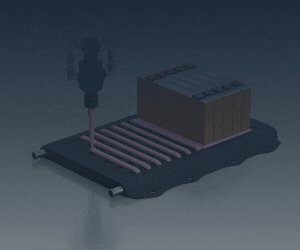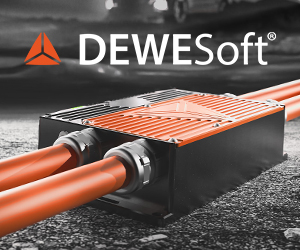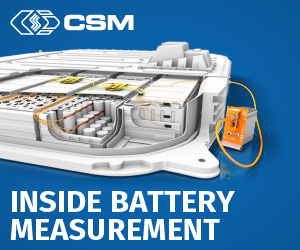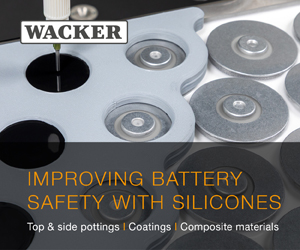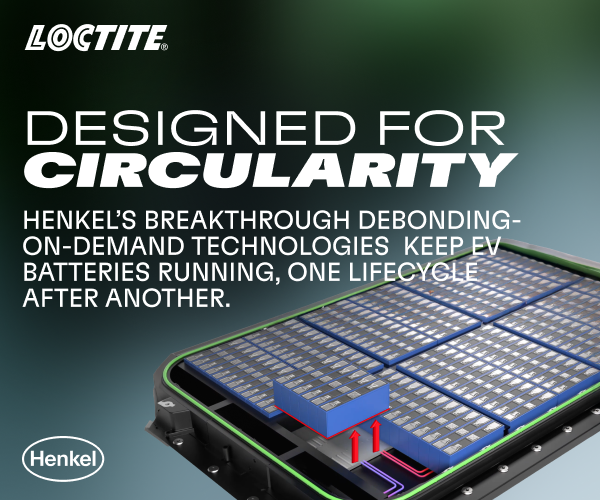Porsche develops structural battery for next-generation Cayenne Electric
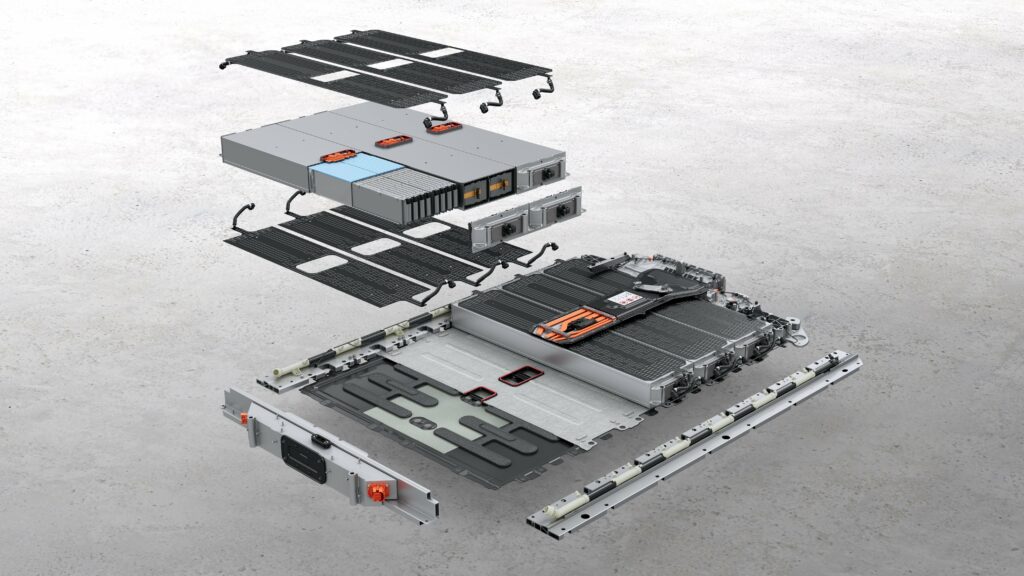
(Image courtesy of Porsche)
Porsche is moving its flagship SUV into a new electric era, bringing with it the same design discipline that has long shaped its performance cars. The new Cayenne Electric is more than a battery-powered version of an existing model – it represents a deep reworking of Porsche’s high-voltage architecture, driven by the need to combine long-range usability with the precision handling expected from the brand.
At the centre of this development is a 113 kWh structural battery that supports the chassis rather than simply powering it. Acting as a core element of the vehicle’s backbone, the pack integrates directly into the Cayenne’s body, improving rigidity and packaging while lowering mass and the centre of gravity. This holistic approach, reducing the ratio of housing to cells by 12 per cent over the Taycan’s design, signals how Porsche’s engineers see structure and energy storage converging into one composite system.
The battery contains six interchangeable modules and 192 pouch cells using high-nickel NMCA chemistry with graphite-silicon anodes. This configuration lifts energy density by seven per cent and is tuned for rapid ion flow to optimise fast charging. It’s supported by a dual-sided cooling concept that circulates temperature-controlled fluid from above and below, capable of dissipating heat equivalent to 100 household refrigerators. Pressure fans built into the thermal path consume around 15 per cent less energy than traditional suction fans, helping the Cayenne sustain power output and charging performance during extended high-load use.
Managing these temperatures is a predictive thermal control system that monitors vehicle, route and environmental data in real time. It can precondition the pack ahead of a charging stop or adjust cooling strategy to maintain cell health during fast driving. Linked with an updated Charging Planner, the system effectively learns the driver’s habits to balance performance, efficiency and battery lifespan.
Charging is equally ambitious. The 800‑volt system enables rates of up to 400 kW, replenishing 10 to 80 per cent of charge in less than 16 minutes, or adding around 300 km of range in ten. A high-voltage switch allows similar efficiency from 400‑volt chargers with outputs up to 200 kW. From 2026, Porsche will add an 11 kW wireless inductive charger for home use, allowing the Cayenne to align automatically over a compact floor plate and begin charge transfer with 90 per cent efficiency.
The Cayenne Electric therefore marks more than an expansion of Porsche’s SUV range. It shows the company’s ambition to fuse structure, energy and control into a single networked system – an approach that could define the direction of its next generation of performance-oriented EV platforms.
Click here to read the latest issue of E-Mobility Engineering.
ONLINE PARTNERS



















